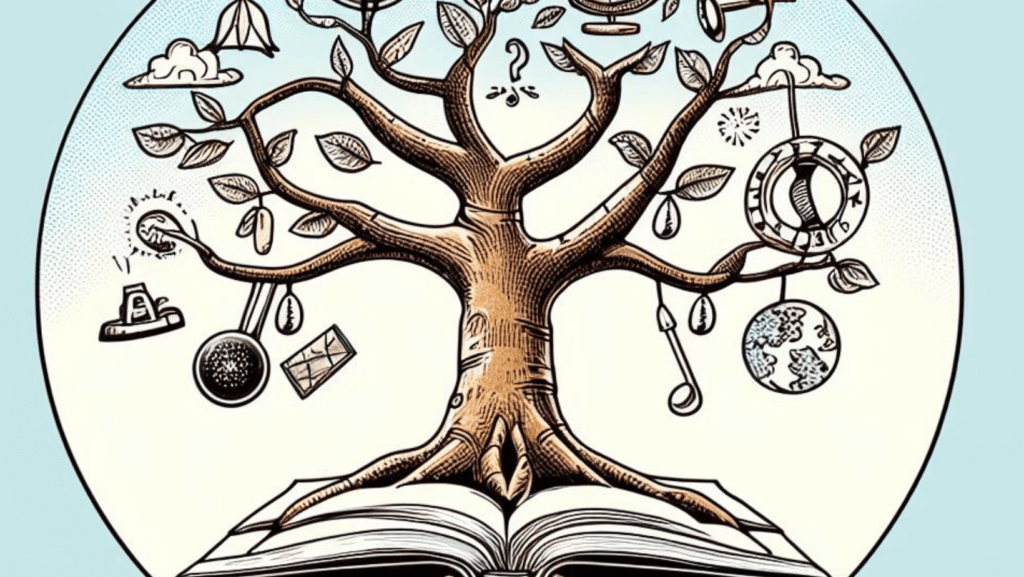What is Universal Design for Learning (UDL) and Why is it the Best Teaching Method for Slow Learners?

Slow learners are students who have difficulty in acquiring and processing information at the same pace as their peers. They may struggle with reading, writing, math, memory, or comprehension skills. Slow learners are not necessarily students with learning disabilities or intellectual impairments, but they may need extra support and guidance to achieve their academic potential. […]
The Ultimate Guide to Teaching Slow Learners: Strategies, Tips, and Resources

Slow learners are students who have difficulty keeping up with the pace of their peers in academic settings. They may have learning disabilities, cognitive impairments, attention deficits, or other factors that affect their learning speed. However, slow learners are not less intelligent or less capable than their classmates. They just need more time, support, and […]
Differentiated Instruction for Slow Learners: What It Is, Why It Works, and How to Do It

Are you an educator who works with slow learners? Do you want to know how to help them succeed in the classroom? If so, this article is for you. What are Slow Learners? Slow learners are students who have difficulty in acquiring and processing information at the same pace as their peers. They are not […]
Identifying Slow Learners in the Classroom: 10 Assessment Questions for Teachers

Every student has a different learning pace and style. Some students grasp new concepts quickly, while others need more time and guidance. However, some students may have more significant difficulties in learning than their peers, despite having average or above-average intelligence. These students are often referred to as slow learners. Understanding Slow Learners Slow learners […]
How Teachers Can Adapt Their Communication Strategies To Cater To Learners Of All Kinds

Non-verbal communication, encompassing body language, facial expressions, gestures, and other non-spoken cues, plays a significant role in education. Research suggests that over 55% of communication occurs through non-verbal cues, highlighting its importance in conveying information, fostering engagement, and creating a positive learning environment. However, for diverse learners, traditional non-verbal communication methods may not be sufficient […]

